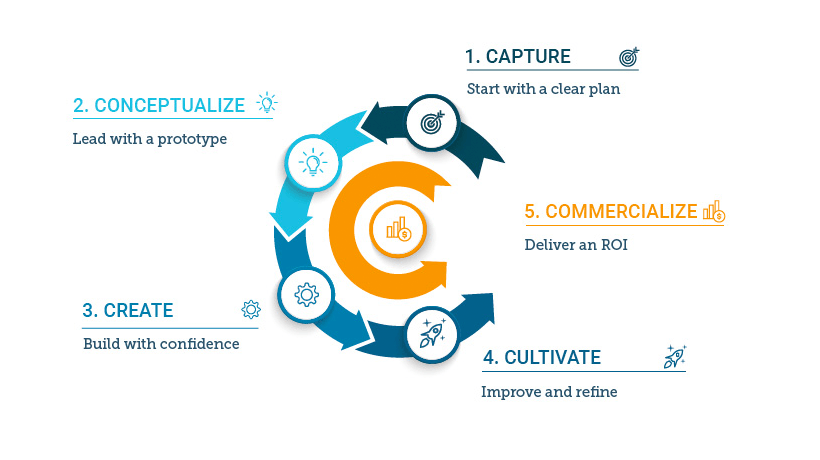Exploring A Framework For Success - And Failure
If you would like to be able to say of your training media “we know this works and here’s the evidence”, then you are welcome and encouraged to join in the fun as part of The Digital Learning Asset Framework. Doing so will provide side benefits like:
- The ability to update/iterate content faster.
- The ability to push back on the bad ideas that make for bad projects.
- The ability to externalize business logic.
- Ramp up your team in record time.
The Framework is much more than an immediate and free (Creative Commons) solution to many of the problems that L&D faces, it’s also a vehicle for forwarding the conversation about what we make, why we make it, who it’s for, how we know when it’s not working… and how we know when it is working!
Yet one of the greatest resistances to the ideas behind the Digital Learning Asset Framework seems to be that training content can be demonstrably declared a success — or a failure. While everyone wants to believe that their content is successful, many people squirm away from discussing the possibility of it being anything less than that.
“What if people think I am a failure for making failed content?”
So what if they do? You can’t have real success unless there is also a real opportunity to fail.
We can learn from a failure. What we cannot learn from is a feigned success. You are not a failure just because something you made failed. You are now closer to success than ever!
What if your aversion to failure is keeping you from finding real success? Well, in that case, you have one of two choices:
- Change this, via your own Learning and Development practice.
- Hide this, and hope no one ever finds out.
Either way, do keep in mind that the rest of the business likely doesn’t have this luxury.
- If the salesperson doesn’t sell, they can’t claim to be a salesperson.
- If the support tech doesn’t resolve and close support tickets, the reporting won’t show that they helped.
- If the accountant doesn’t account for debits and credits, they can’t say they count for much.
- If the manager doesn’t hire or retain anyone who works for them, they can’t say they manage.
- If the president of the company can’t make a decision, they won’t have a company for very long.
What happens when the folks that are supposed make training instead make something that isn’t actually training anyone at all?
On the surface, not much. Just beneath the surface, plenty!
Rather than temporarily hiding behind vanity metrics, we can choose to do something rooted in the vision of what we actually want to create, something that relates so clearly the core business value that it is self-evident. We can choose to document why we made what we made in the first place, then measure how well it actually worked against that goal for the defined target audience. As an artifact, it turns out that this has lots of residual business value as well. Now we have something anyone can quickly reference when it comes time to update or expand the scope of that thing we made.
And more importantly:
- We have a filter we can use to ensure that content has a reason to exist before we make it
- We can also pre-confirm that business value can be measured by the business
- We have a defined audience so we can test content to shape its development prior to roll out to the full target population
- We have a metric by which success or failure can be determined
In short, we have a way ensure real success and produce undeniable value.
So why leave to chance that which we can know definitively?
In A Word: Fear
If you’re scared and you don’t want your content to be judged as the failure you fear that it may be, then keep your head down. Things like the Digital Learning Asset Framework really aren’t for you. You’re better off pretending most of the advancements in the L&D industry aren’t there. (Fortunately, if you’re this kind of person you’re already really practiced at simply ignoring things and hoping they’ll just go away, right?)
The specific content in Version 1.0 of The Digital Learning Asset Framework is not the Holy Grail that solves every problem training will ever face. If workforce learning was an easy problem to solve, it would have been solved long ago. What the Framework does do is provide a fantastic means to focus content/process/discussion toward objective success/failure of scalable content from the smallest indivisible unit. From here, more can be built. From here, all things are possible.
If you have other fears, resistances, or complaints, please list them in the comments below. Don’t worry, we’ll all just assume that you’re “asking for a friend.” Of course, other thoughts are most welcome as well!









